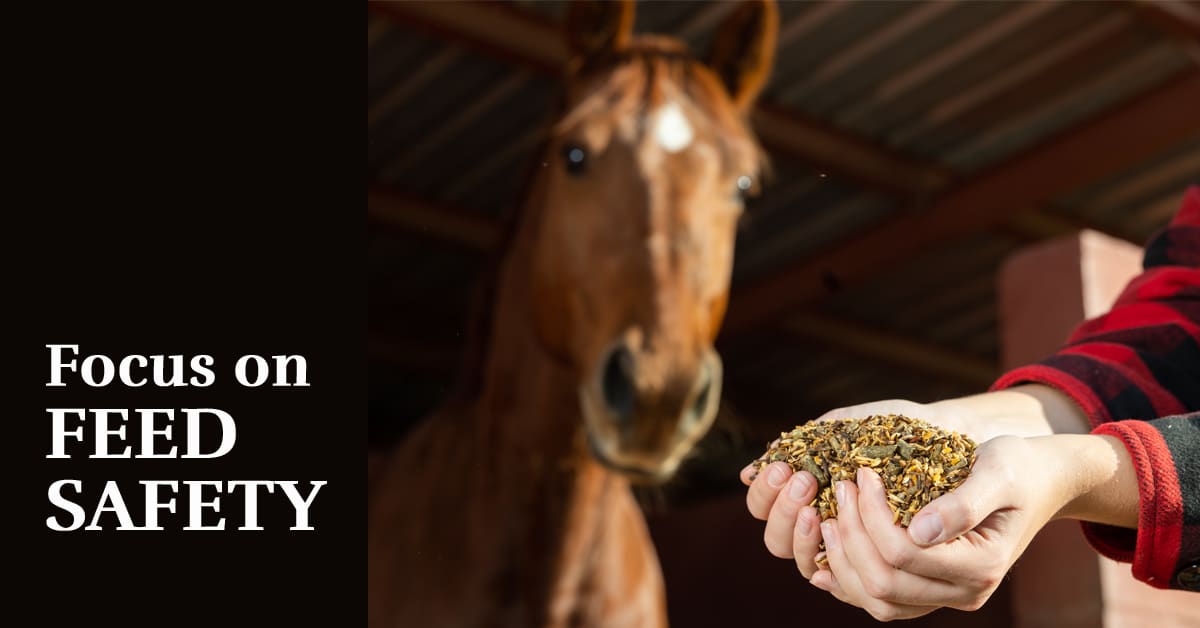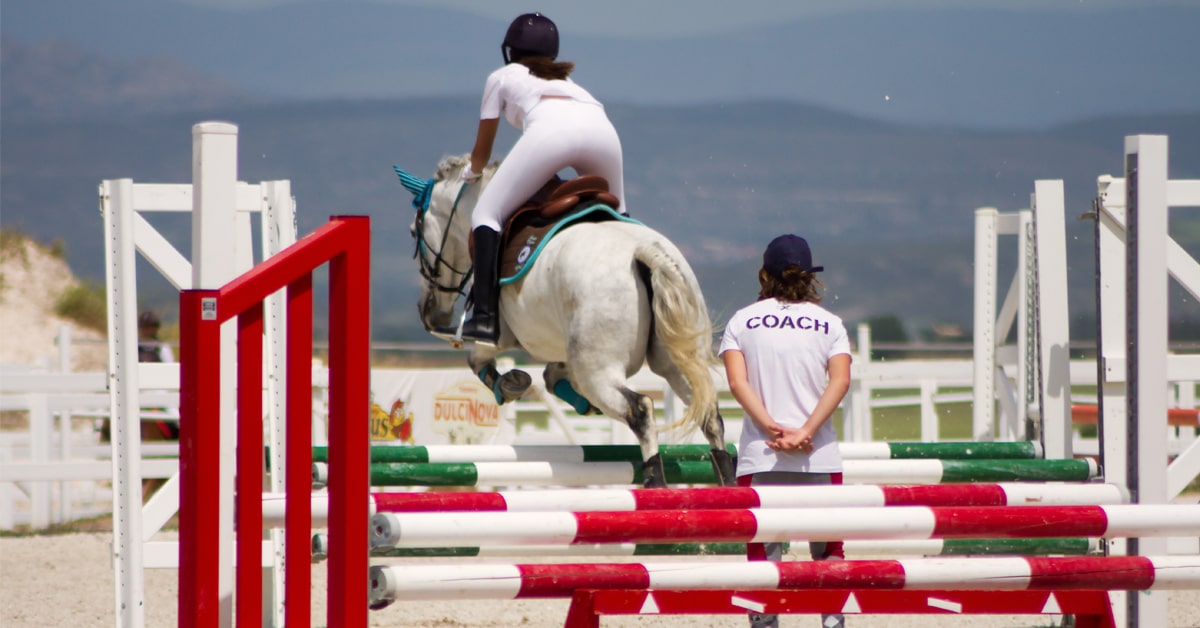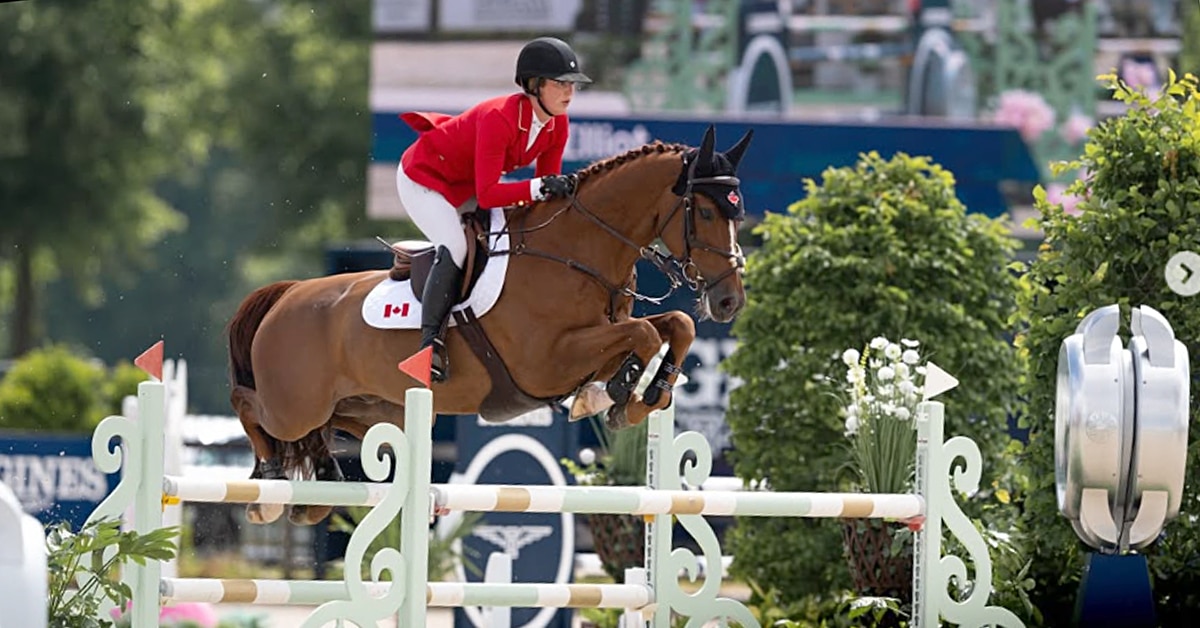What type of class it is? What size is your horse’s stride? Is it towards home or away from home? Is it the first line or last line on course? What materials are used for the jump? Is it an oxer, or a double combination? Many things are horse-specific, so it’s important to know your strengths and weaknesses.
I think it’s very important that riders have a plan for how they’re going to execute the ride through the bending line so the horse can deliver the best results. With a direct line, you really have to stick with your plan; the natural line is generally fairly evident if you imagine a slight bend in the track; and for the the outside track you need to find a way to swing out and give yourself as much space as you can comfortably fit.
In a hunter derby or equitation class, you generally look for the smoothest way to fit in the fewest number of strides. Keep in mind that it makes no sense if the rider goes on the direct line and is trying to add a stride or takes the outside track and is trying to leave out a stride. Eye control is always important, and even more so than usual in a bending line. Your horse, your coach, and the judge should understand what you were trying to achieve.
I think that what makes a good rider is the ability to adapt. If you chip the first jump, or let’s say you’ve gotten a bit slow to a bending line that’s a bit forward and we talked about doing the natural track, the great rider is going to take the first jump into account, look in and go directly to it to make it work. If you’ve caught a big jump in and we talked about the natural line with a certain number of strides, a great rider will swing out a bit to the outside track. (I do think that it’s important to note that if there is a bending line in a hunter or equitation class that is over 9 or 10 strides, it becomes a moot point for how many strides you do.)
In the jumpers, it’s a question of leaving the jumps up, and errors happen when riders don’t adjust to the jump into a bending line. You have to give the horse the best chance possible. It’s always a good idea to watch some people ride the bending line before you go in the ring. The advantage of watching other people do it is that you’re going to have an idea of the ideal number of strides. Be a smart rider. If you have a small horse and you see an 18-hand horse go down in nine strides, make the smooth ten strides work for you and do it well.
I practise bending lines quite often at home. If you lay a tape measure out from centre to centre to see the distance is 72 ft, you can also adjust the track of the tape measure to see the direct line may be 66 ft, or you can see the outside track is maybe 82 ft. We practice with a cone at home quite a bit; practice going around and inside the cone at various points in the bending line.
Bending lines are even popping up in the short stirrup ring these days, so if you’re going to a horse show, you need to be able to ride them.
The Latest









